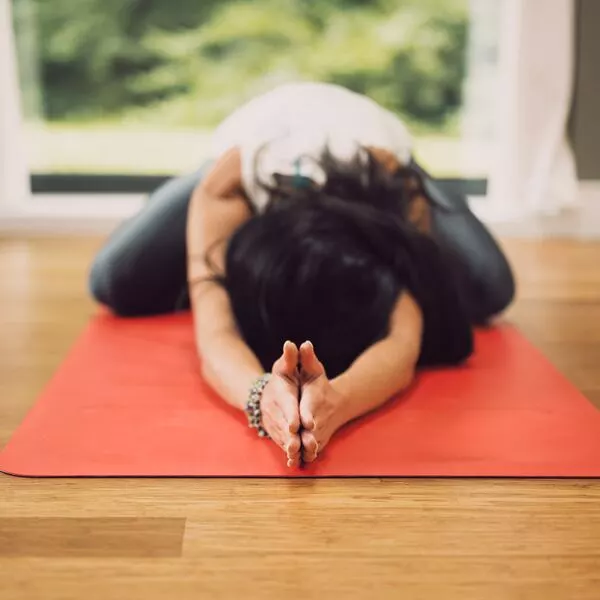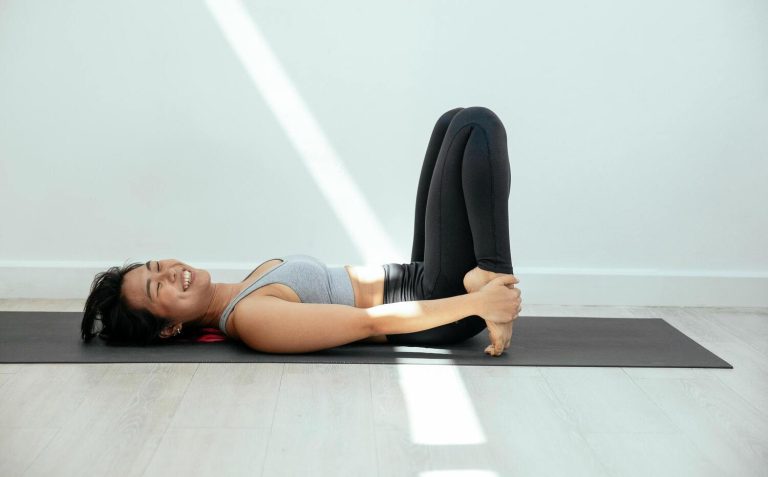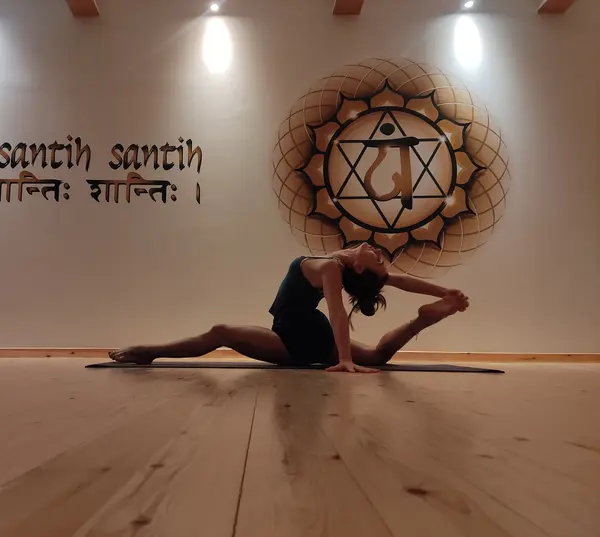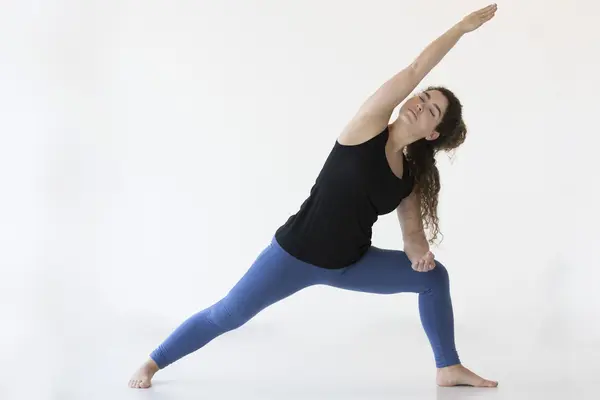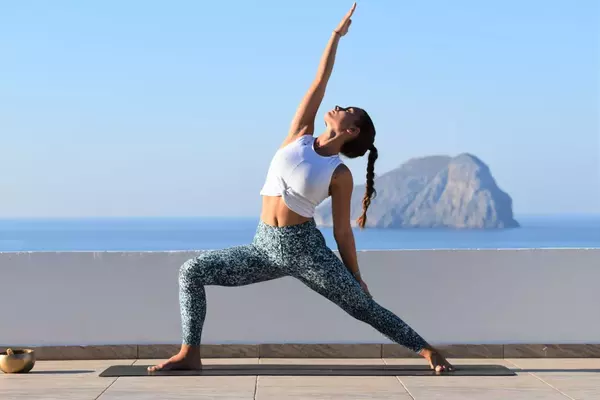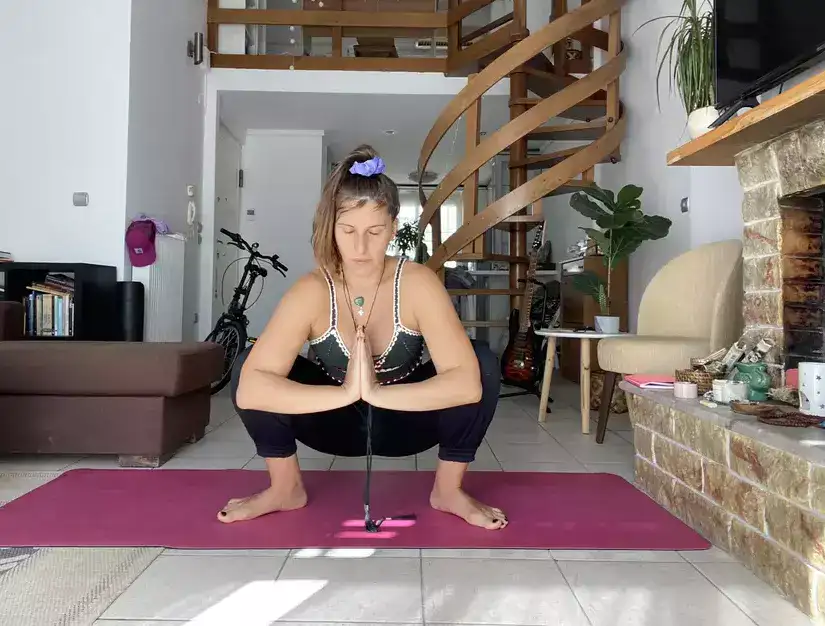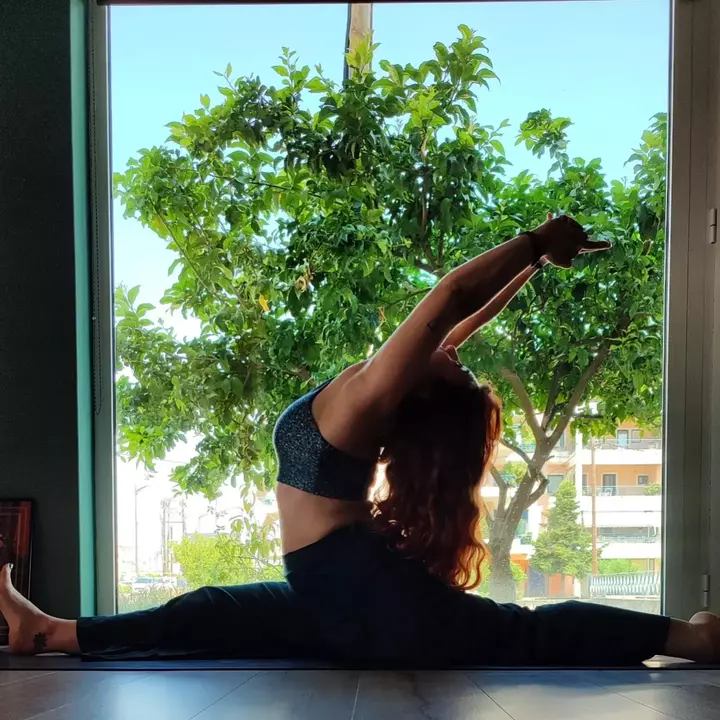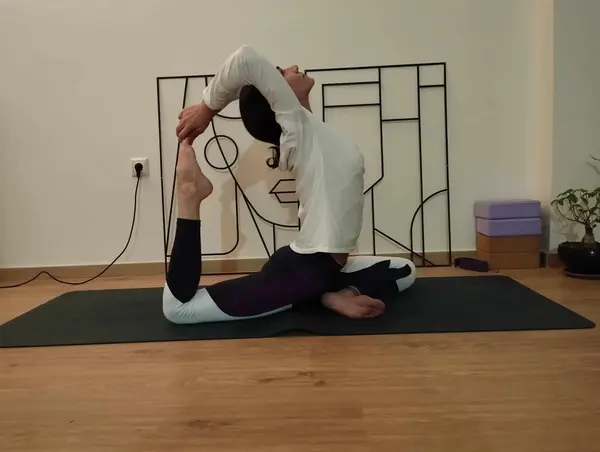Yin Yoga is a slow-paced style of yoga that focuses on holding passive poses for an extended period of time, usually one to five minutes or more. The practice targets the connective tissues, such as ligaments, tendons and fascia, as well as the joints of the body. Here are some of the benefits associated with yin yoga:
Increased flexibility: It helps to improve flexibility by gently pressing the connective tissues, allowing them to lengthen and become more flexible over time. By holding the postures for longer, the muscles can relax, allowing for deeper stretching and increased range of motion.
Joint health and mobility: Yin Yoga promotes joint health and mobility by targeting the connective tissues surrounding the joints. As you hold the poses for long periods of time, the gentle pressure on the joints stimulates the production of synovial fluid, which nourishes and lubricates the joints, improving their function and reducing stiffness.
Stress reduction and relaxation: Yin Yoga encourages relaxation and helps activate the parasympathetic nervous system, which promotes a sense of calm and reduces stress levels. The slow, meditative nature of Yin Yoga, combined with deep breathing techniques, can help release tension and calm the mind.
Improved energy flow: According to traditional Chinese medicine, it can help balance the body's energy flow or "chi" by targeting specific meridian lines. By holding postures that target these energy pathways, you can stimulate the flow of energy throughout the body, enhancing overall vitality and well-being.
Enhanced mindfulness and meditation: It cultivates mindfulness, as you hold the postures for a prolonged period of time and observe any sensations, thoughts or feelings that arise. This practice can deepen your ability to focus, be present in the moment and develop a greater sense of self-awareness. It can also serve as a gateway to meditation.
Stress relief for the nervous system: It can have a calming effect on the nervous system, helping to reduce anxiety and stress. The slow, passive nature of the practice can activate the rest and digestion response, counteracting the fight or flight response and promoting a state of relaxation.
Balance and harmony in the body: Yin Yoga aims to create balance and harmony between the Yin and Yang aspects of our being. In this context, Yin represents stillness, passivity and introspection, while Yang represents movement, activity and arousal. By practicing Yin Yoga, you can find a balance between these opposing forces, creating a sense of equilibrium within yourself.
It is important to note that while it offers many benefits, it may not be suitable for everyone. It is recommended that you consult with a qualified yoga teacher or health professional to determine if Yin Yoga is appropriate for your needs and circumstances.


